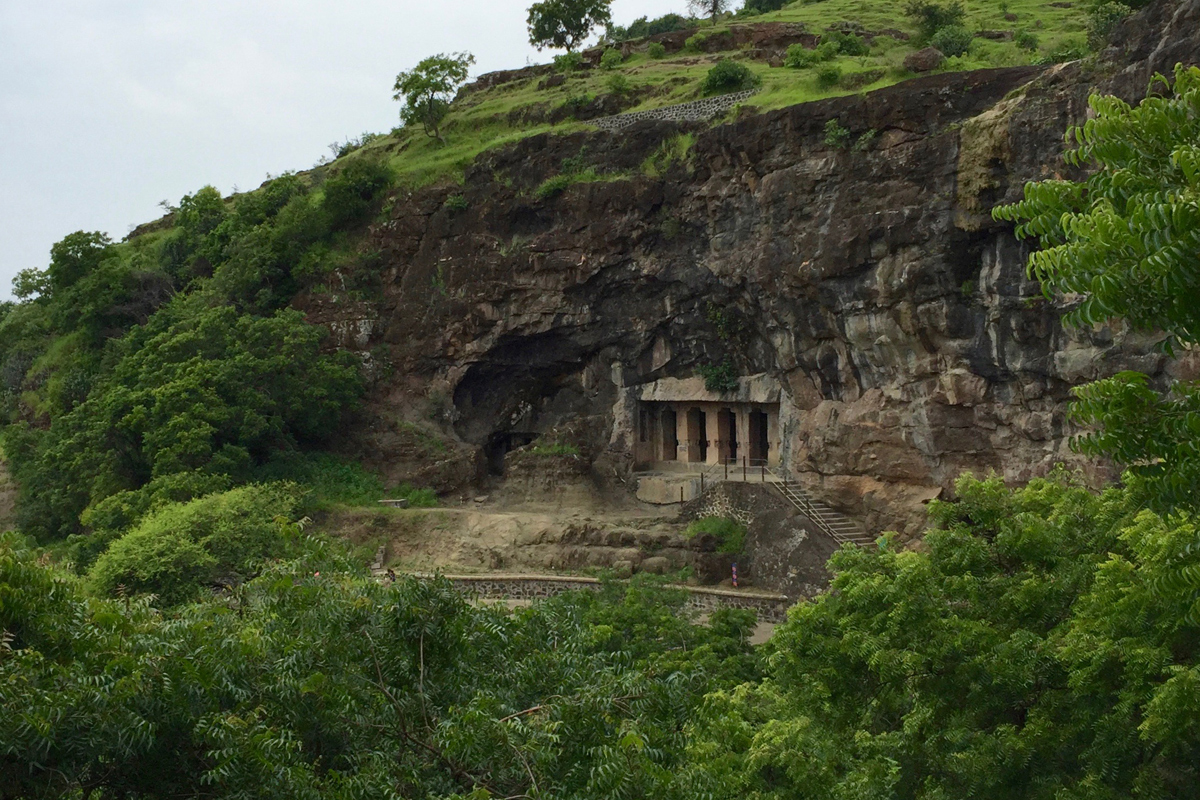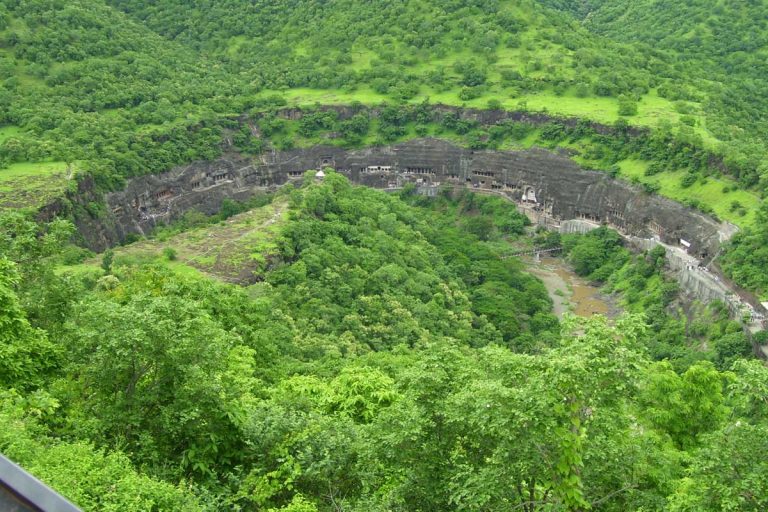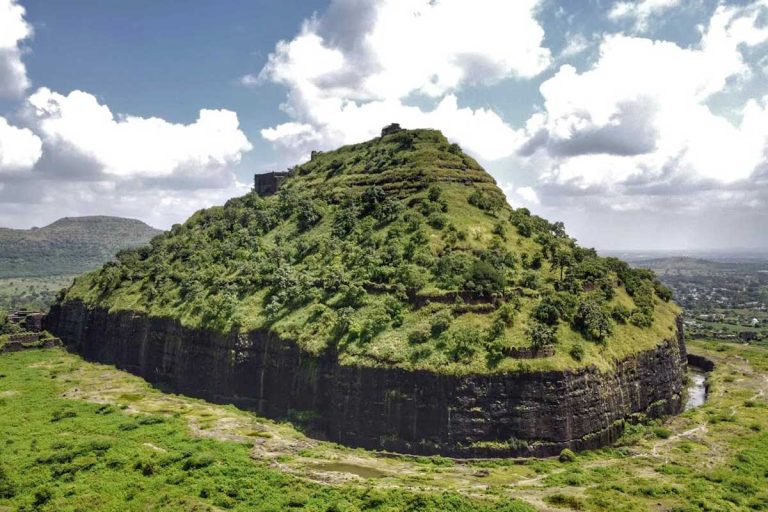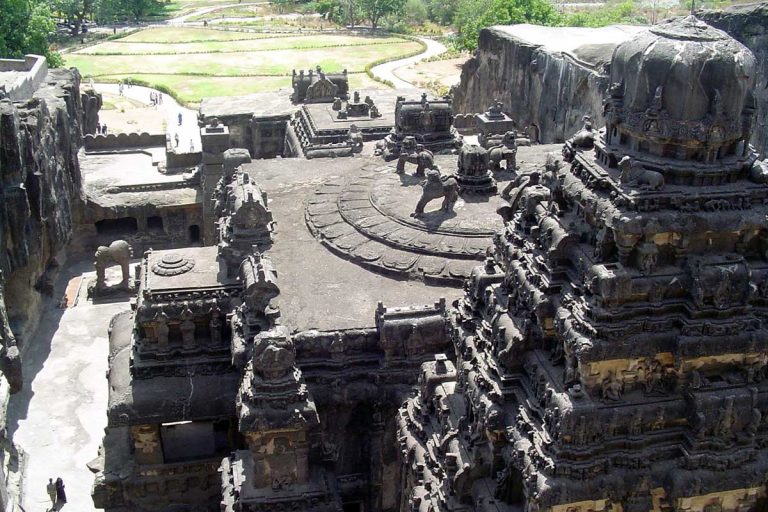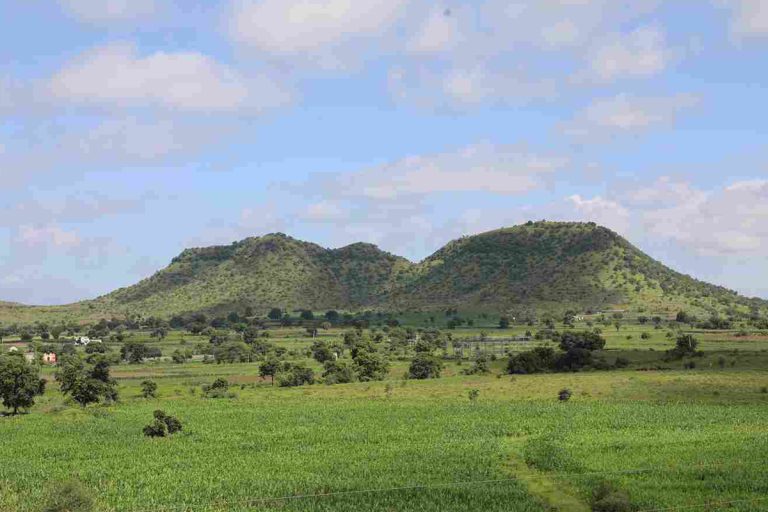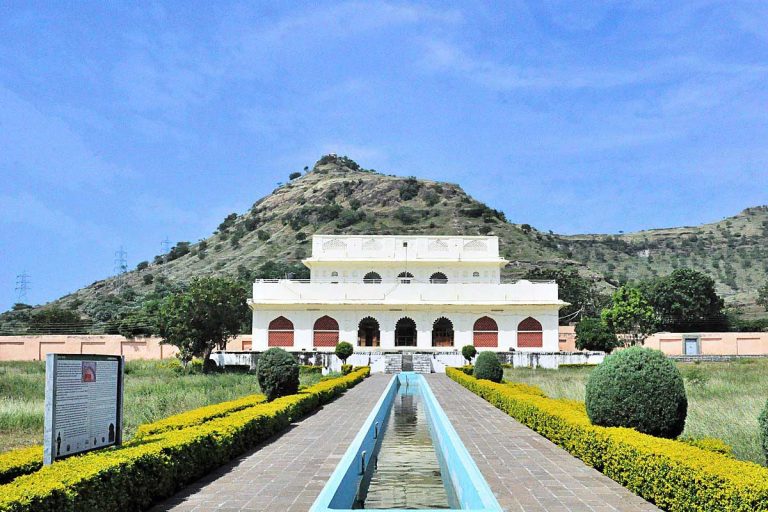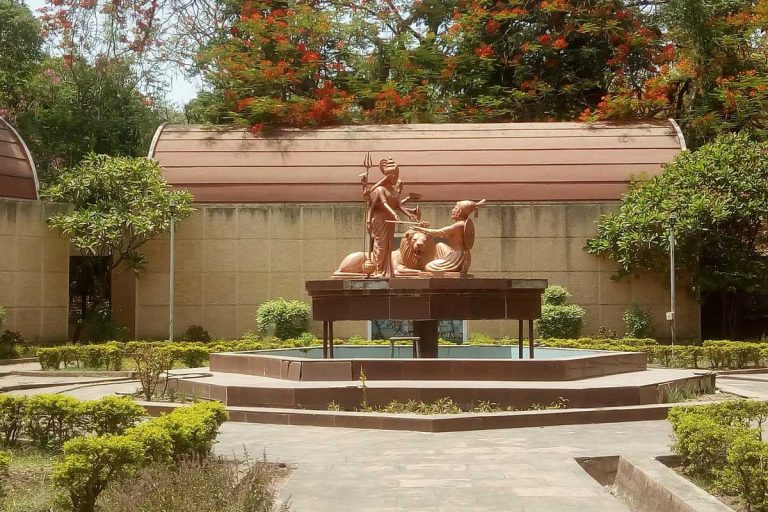Aurangabad Caves
Aurangabad Caves are about two kilometers north of Bibi Ka Tomb in Aurangabad city. It is a Buddhist cave dug into the mountain. The first reference to this being a Buddhist cave is found in the vast chaitya of Kanheri. This cave was built between 6th century AD and 7th century AD. It has 12 caves.
These caves are carved into relatively soft basalt rock and based on their location all these 12 caves are mainly divided into three groups. These caves are associated with the caves of Ajantha and Verul in the Aurangabad area. Ajanta Caves and Verul Caves have been declared as World Heritage Sites by UNESCO.
Cave No. 3 of these is in the style of the Mahayana caves of Ajanta. Cave No. 7, however, is similar to Rameshwar Cave (Cave No. 24) of Verul. It has a veranda in front and a sanctum sanctorum in the back wall. There is a circular path around the sanctum sanctorum and inside its walls are the monks’ rooms. These Buddha caves represent important events in the history of India.
Preliminary Information
Considering the sixth and eighth centuries, Aurangabad Caves are nine km from the center of Aurangabad city and the present Dr. Babasaheb Ambedkar Marathwada University and Bibi Ka Tomb are few kilometers away from the premises. Their sculptures are much smaller, more dilapidated and less visited than those at Ajanta and Verul caves. When one begins to look at this cave one realizes, “This is sentient life situated in time and space and time”. This cave is a protected monument recognized by the Archaeological Survey of India.
Cave No. 1 and 3
Cave No.1 and No. 3 of Aurangabad Caves and the last cave of Ajantha have similarities. That is why some scholars of the 20th century call them the link of Ajanta-Verul caves. According to historians and scholars, the third cave should be earlier than the first cave. Because the mesh carvings in the third cave look neat and organized and decorated. The geometric structure of this is the highest accuracy.

